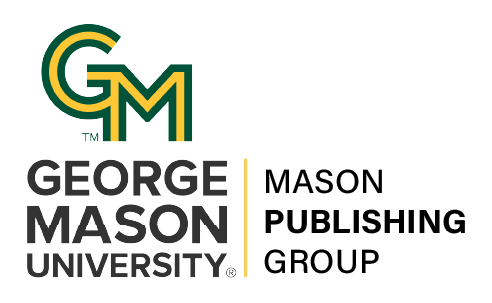"TEACHING TABLE:" The Distributed Research Paper
DOI:
https://doi.org/10.13021/G8itlcp.2.2010.2082Keywords:
student writing, collaborative learningAbstract
This assignment seeks to give students some of the benefits of writing traditional research papers while offering them more help and demanding less time. I have been tinkering with it for about three semesters, in both history courses and interdisciplinary honors courses.
Goals
ââ¬Â¢ Students gain practice in finding primary sources, analyzing and interpreting those sources, and building analytic research essays.
ââ¬Â¢ Compared to a traditional term paper, students should spend relatively less time finding sources and relatively more time reading their sources closely, discussing them with their peers, and using them to answer questions.
Steps
1. The course in broken into three or four units, each directed toward answering a single question. The question can be interpretive or practical.
2. At various times during the course, the instructor demonstrates the use of an online database with primary sources.
3. Prior to some class meetings, a subset of students must use the database to find sources that help answer the question posed at the start of the unit. They post their sources, along with some commentary, in a Blackboard discussion, where all the class can read them.
4. The whole class discusses some or all of the posted sources. Typically, the instructor provides copies of one or two of the sources found by students. Often, the class divides into small groups to discuss the sources, then each group must report its findings. The object of the discussion is to apply the source to the unitââ¬â¢s question.
5. At the end of each unit, each student submits an essay using the sources found by classmates, as well as material from assigned readings. In one course, the syllabus required four such sources.
Benefits
ââ¬Â¢ As they write their essays, students have access to a common pool of primary sourcesââ¬â many more than they could gather on their own in the same amount of time. Yet since they
have so many sources to choose from, and so many ways to use those sources, each essay remains original to the student.
ââ¬Â¢ Students respond well to the collaborative nature of the assignment. They like getting credit and seeing each other get credit for work that benefits the class, such as finding a source
that proves particularly useful. And they enjoy the small group discussions, which often spur participation from students who avoid speaking before the whole class.
ââ¬Â¢ Because this assignment is less time consuming than an independently researched paper, students can write three or four of them in a term, gaining practice and the chance to
improve based on feedback from instructors and peers.
ââ¬Â¢ Because each set of sources is unique to the particular class, it is impossible to plagiarize the essay. Moreover, students are encouraged to cite each otherââ¬â¢s posted comments in their
essays, reinforcing the idea that scholarship is a collaborative endeavor and that citation reflects well on both the scholar cited and the one citing.
Challenges
ââ¬Â¢ Some students post sources that are not clearly relevant to the essay question or that they do not understand.
ââ¬Â¢ Some students find excellent sources that are too long or too awkwardly formatted to make into good handouts.
ââ¬Â¢ Some studentsââ¬âeven those in the course that specified that four classmatesââ¬â¢ sources were requiredââ¬âignore the requirement that common sources be used and instead write the
paper using sources they find by themselves.



